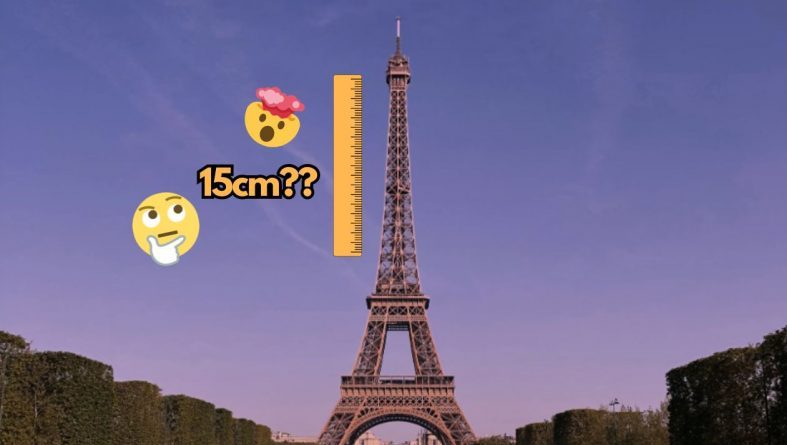The Eiffel Tower Will Become 15 cm Taller This Year! But, How?

© Alex Ovs / Unsplash
The Eiffel Tower, located in Paris, France, is one of the most recognizable landmarks in the world.
Standing at over 300 meters tall, it has been a symbol of architecture and engineering since it was built in 1889. So, how is it that this remarkable structure will be growing taller this year? It may seem impossible, but this iconic structure will actually be getting taller by 15cm this year. Here is how.
What Is the Eiffel Tower Known for?
The Eiffel Tower was originally inaugurated on March 31, 1889, for the Paris World’s Fair. Initially named “The 300-meter Tower,” it stood at a height of 312 meters. It made it the tallest tower globally until 1931 when the Empire State Building surpassed it. The ESB reached 381 meters in height.

Over the years, it has undergone changes, including the addition of antennas at its summit in 1957, 2000, and 2022 for broadcasting radio and television signals. Today, the Eiffel Tower stands at a total height of 330 meters. As of now, there are possibilities for further modifications in the future.
The Eiffel Tower remains iconic due to its ability to withstand various weather conditions such as wind, cold, rain, snow, frost, and heat. Constructed from puddled iron, it reacts to temperature changes, enduring both summer heat and winter cold. This naturally contributes to its enduring allure.
Does the Eiffel Tower Really Become 15 cm Taller?
When temperatures rise, the Eiffel Tower experiences thermal expansion, causing it to increase in size by a few millimeters. This expansion also leads to a slight tilt away from the sun due to the imbalance created by sunlight hitting only one side of the tower. Throughout a clear day, this movement results in the top of the tower tracing a circular curve of approximately 15 centimeters in diameter.

In colder temperatures, the metal structure of the Eiffel Tower contracts, resulting in a slight loss of height. These natural and minimal changes do not affect the tower’s strength and are imperceptible to visitors. However, strong winds can cause slight wobbling or vibration, but the tower is designed to minimize wind resistance due to the expertise of the engineers involved. When wind speeds surpass safety limits, certain sections of the tower, or even the entire structure, may be closed to protect visitors and staff from potential risks.
Did you know that the Eiffel Tower becomes 15cm taller during summer?
You might also want to read: Eiffel Tower Scam: How a Person Sold the Tower Twice


